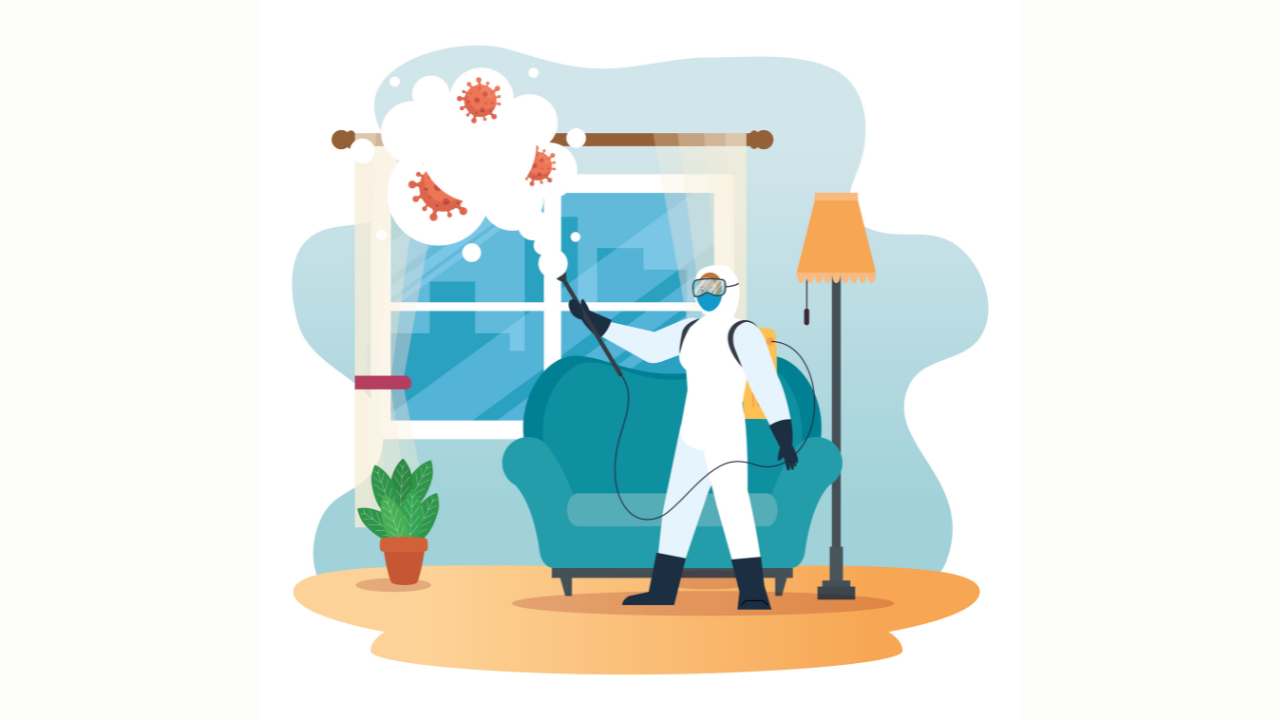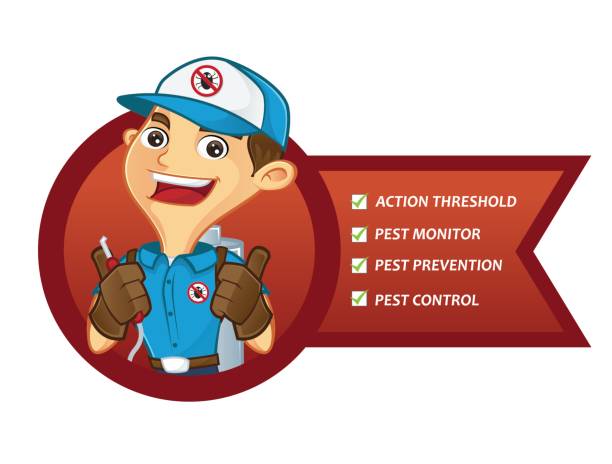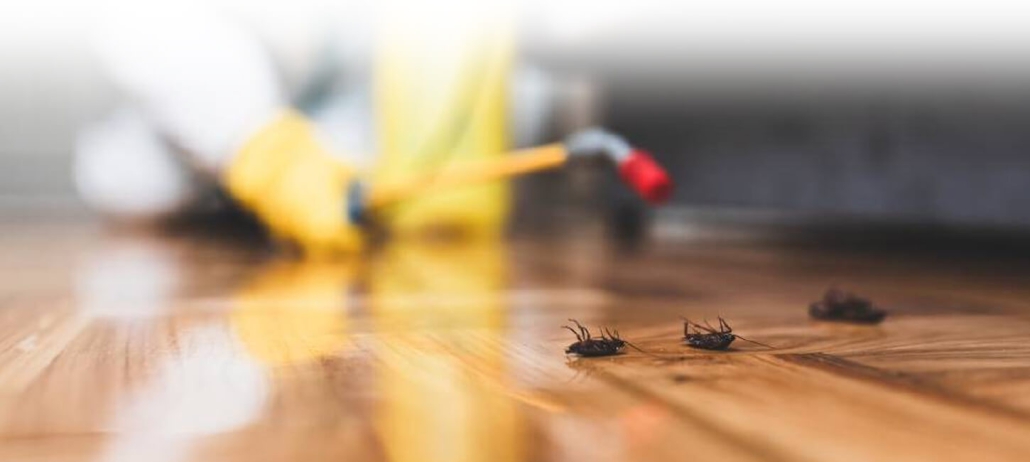In the quest for a pest-free home, many homeowners turn to do-it-yourself (DIY) pest control methods. While the intention is to save money and address the issue promptly, there are hidden dangers associated with DIY pest control that can lead to unintended consequences.
1. Ineffective Pest Elimination:
One of the primary dangers of DIY pest control is the potential for ineffective elimination. Commercial pest control products are often formulated based on extensive research, targeting specific pests and their behaviors. Without proper knowledge, homeowners may choose the wrong products or misapply them, resulting in pests surviving and potentially building resistance to certain chemicals. Professional Chennai Pest Control, on the other hand, employs experts trained to accurately identify pests and tailor treatments accordingly.
2. Health Hazards:
DIY pest control often involves the use of chemical pesticides, which can pose serious health risks if mishandled. Improper application, inadequate protective gear, or exposure to concentrated chemicals can lead to skin irritation, respiratory issues, and other health problems. Pets and children are particularly vulnerable to these dangers.
3. Environmental Impact:
Many DIY pest control methods neglect the environmental impact of the chosen chemicals. Misused pesticides can contaminate soil, water sources, and harm non-target organisms, including beneficial insects that play a crucial role in ecosystems. This unintended environmental damage can have long-lasting consequences.
4. Overuse of Chemicals:
A common mistake in DIY pest control is the overuse of chemicals. Some homeowners may think that a higher concentration or frequent application will yield better results. However, this can lead to chemical buildup in the home environment, increasing the risk of exposure and further harming the ecosystem.
5. Pest Misidentification:
Identifying the correct pest is crucial for effective control. DIY enthusiasts may misidentify pests, leading to the use of inappropriate methods or chemicals. This not only wastes time and resources but can also exacerbate the problem by allowing pests to thrive unchecked.
6. Resurgence of Pests:
Incomplete elimination or incorrect treatment methods may result in the resurgence of pests. Surviving pests can reproduce rapidly, creating a larger and more challenging infestation than before. This cycle can turn a manageable issue into a full-blown crisis.
7. Structural Damage:
Some pests, such as termites, can cause significant structural damage to homes. Inadequate pest control measures may only temporarily address the issue, allowing pests to continue their destructive activities unnoticed. Over time, this can lead to costly repairs and compromises to the structural integrity of the home.
While the idea of DIY pest control may seem appealing, it comes with hidden dangers that can compromise effectiveness, health, and the environment. Consulting with JCS Pest control services ensures proper identification, targeted treatment, and a more sustainable approach to pest management, safeguarding both homes and the well-being of their occupants.




